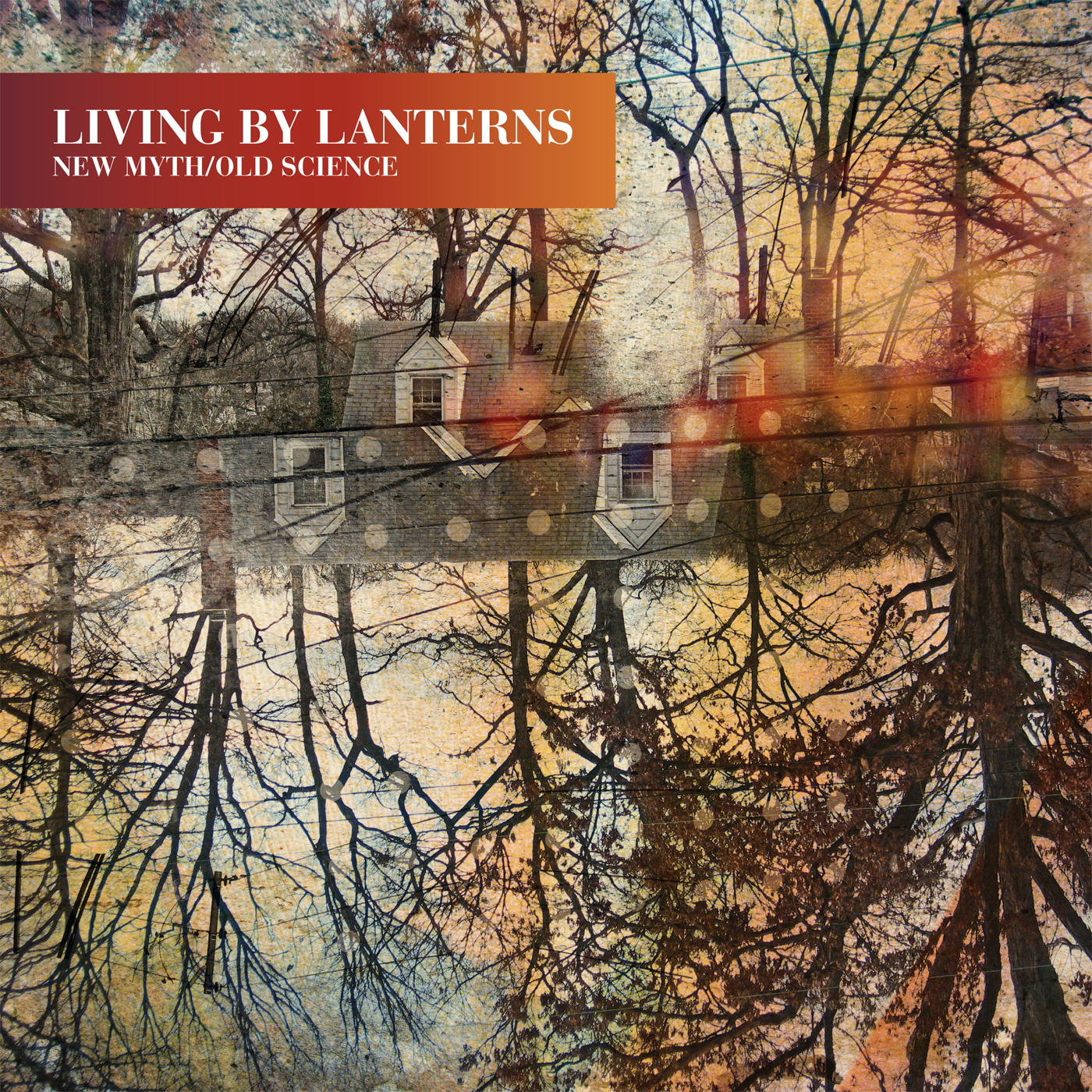New Myth/Old Science
(Cuneiform) www.cuneiformrecords.com
Experimental Sound Studio commissioned drummer Mike Reed to create some music inspired by Sun Ra and, as inspiration, they loaned him an iPod filled with unreleased tapes of the eccentric composer - 700 hours of them. Do the math. Figure out how long it would be before your head would swim after getting into the music.
According Terri Kapsalis' liner notes, it wasn't just music contained on those tapes, which began in 1948 and ran until 1985. (Which means Ra was probably doing this long before Andy Warhol got into the act.) They also included recordings of a tv show that included Duke Ellington (complete with commercial breaks), a radio show about acupuncturism and a tape about self-hypnosis, all of which were considered "research." You have to wonder if Ra ever returned to these recordings for reference or forgot about them.
The springboard for New Myth/Old Science came from a 1961 tape of Ra, tenor saxophonist John Gilmore and bassist Ronnie Boykins playing what sounded like song sketches. Vibraphonist Jason Adasiewicz worked with Reed to create some structured tunes out of them and then they assembled a five-star group of players to bring it to life. In the studio during September 2011 came Reed's Loose Assembly members Greg Ward (alto saxophone), Tomeka Reid (cello) and Joshua Abrams (bass). Bringing further dimension to the music are Taylor Ho Bynum (cornet), Mary Halvorson (guitar), Ingrid Laubrock (tenor saxophone), Tomas Fujiwara (drums) and Nick Butcher (electronics on two tracks). Reed and Adasiewicz both appear too, and both drummers play together without ever sounding overbearing, or even like two drummers except for the times when different rolls or fills start coming out of each speaker.
New Myth/Old Science works so well because the seven tracks can evoke Sun Ra's Arkestra if one listens with that in mind, while at the same time they come across as highly original. Listen to the music without knowing the background and it feels like a solid album on its own merits. It opens with the one-minute "New Myth" which has the Arkestra leader himself ushering us in with some philosophical questions over a static of lo-fi tape noise and instrument growls (the latter of which could be either from 1961 or 2011). Then "Think Tank" kicks in for over 11 minutes of quick group statements surrounding solos by Halvorson (who gives things an idiosyncratic touch by playing with distortion), Adasiewicz (adding a lot of tonal color, here and throughout the album) and Bynum (who disregards the background riff for something loose and puckish, and takes the rhythm section with him).
Ra's drones can be imagined in "Shadow Boxer," which has a 7/4 ostinato and a theme that creates an exotic melody through the use of the horns and cello. Reid gets the spotlight here. "Grow Lights" features another vamp, after some long tones from Bynum's anxious cornet and Abrams' bowed bass. This time, the cello plucks out a call that's answered with a two-note response from Halvorson that almost sounds mischevious due to its dissonance.
But the album also includes an equal amount of straight-forward blowing time too. "2000 West Erie" includes hot solos by Ward and Laubrock, showing the kind of depth once displayed by Gilmore, beginning on the ground and gradually going off. Dueling solos occur in "Old Science" over a riff that sounds like spy surf music. The final ensemble section of this piece ends the album with a triumphant feeling that encapsulates the success of the whole project.
(UPDATE: This review has drawn a lot of spam, so I've dismantle the comments. If you want to tell me something about this album, try another entry. If you're a spammer, go to hell.)



